groceries
The Clone Wars, Cow-Style
他們不都長得差不多
Looking at the beef chapter, most recipes seem pretty same-same-different. Sauté Vegetable X in oil with sherry and soy; dredge meat in cornstarch and another slightly varied ratio of soy and sherry, add maybe something else, plate it…blah blah blah. Making the “Beef + X” recipes, it surprised us how different they actually were. Related, sure, but each balanced in its own way, with its own notes, and—especially when paired with particular starches—standing on their own as separate, unique dishes.
ADVICE: the buried lede
The recipes usually just say, “tender beef, sliced thin,” and if they do specify a suggestion it’s top round. I’ve no idea why—was this lean, tough cut more tender in 1956? USE TENDERLOIN. Even with the cheap stuff the flavor is better, and your guests jaws will thank you, too. We froze ours for about fifteen minutes to make slicing easier, then salted gently and brought it to room temperature before cooking. The beef this way tastes great fresh out of the pan* and holds up well in the dishes, too.
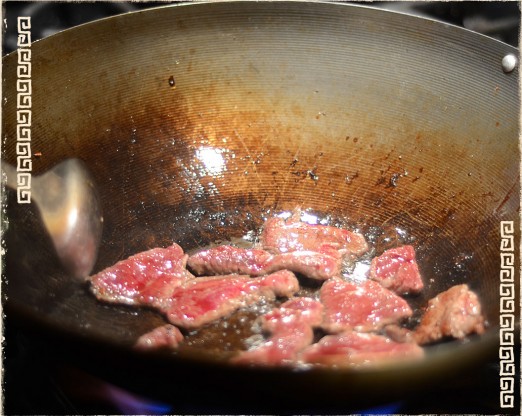
Speaking of pans…USE A REALLY HOT WOK. We started out with a cast iron skillet, figuring it would have been the norm in 1956 kitchen, but quickly found it unsatisfactory. The wok holds the oil and ingredients close to fire, together, allowing for a really good sear and super-effective carmelization. Writing this now, I flipped to the “tricks of the trade” chapter, and lo—the sisters agree, and recommend the wok…only it’s called a “coolie hat pan.” Haberdashery, and the political sensitivity of our batterie de cuisine, have changed with time!
[*fresh before the pan, too…we had to keep the raw stuff hidden from Miriam! —Matt.]
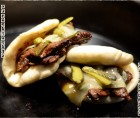
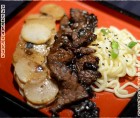
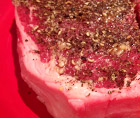
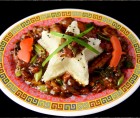
 Polynesian Spell
Polynesian Spell 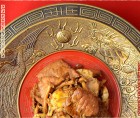 pork, egg, and mushrooms
pork, egg, and mushrooms  Singapore Sling
Singapore Sling  pork with celery
pork with celery 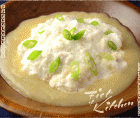 Chicken Velvet
Chicken Velvet 